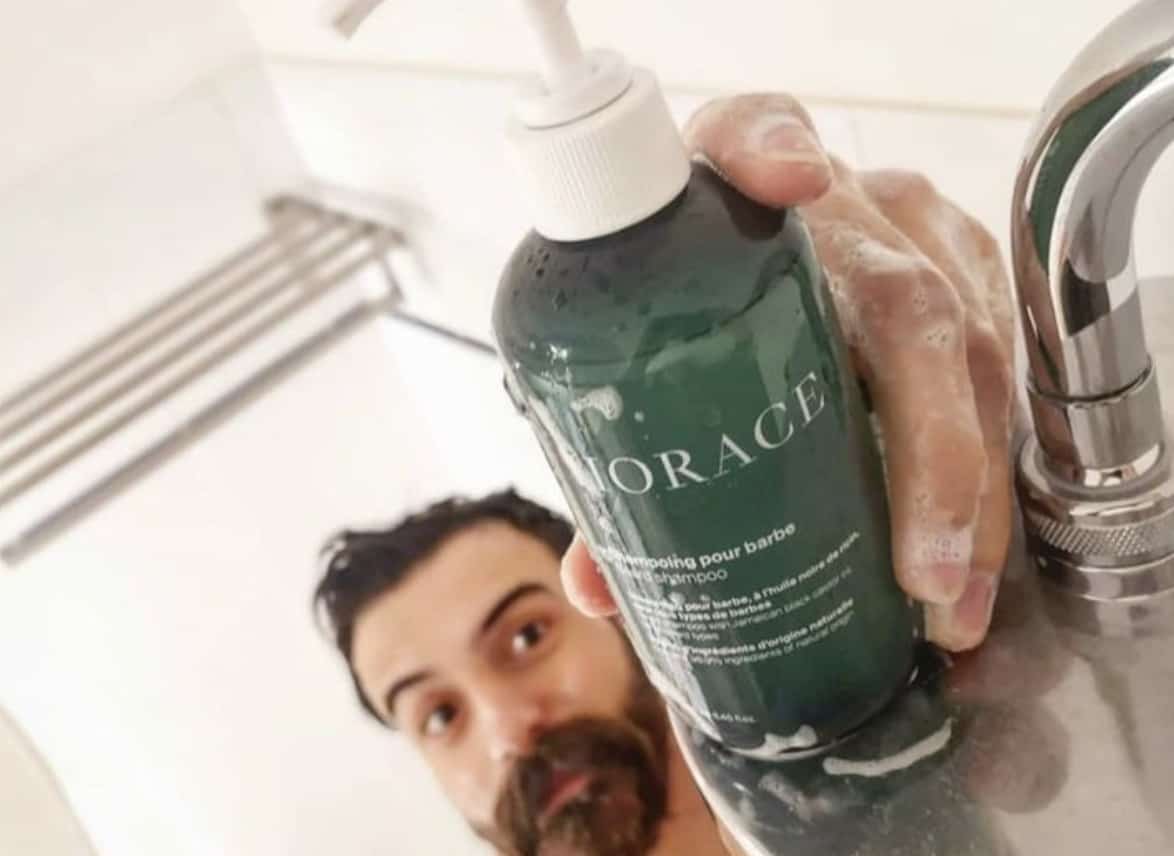Far from one-size-fits-all, the wrong tie (in the wrong place, at the wrong time) can be just as bad for your look as any ill-fitting blazer. So it pays to know how to wear a tie (properly).
For instance, did you know that your body type dictates the ideal width of your neckwear? Or that not all textures will fly in the office? Or that the wrong pattern can make you look like a clown from The Apprentice?
No? Well, read on and find out exactly how you should be wearing the best ties and why doing so the right way is the easiest way to up your tailoring game.
Width And Length
Every well-dressed adult knows that one of the secrets of a good outfit is proportion. But while most know to pick a suit that matches their frame, it’s a rule that’s often forgotten when it comes to ties.
“Different tie widths suit different body shapes,” says Campbell Carey, creative director at Savile Row tailor Huntsman. “The correct tie should complement your suit and keep your outfit in proportion.”
This can be achieved by matching the width of your tie (and, by extension, your choice of tie knot) to the width of your lapels (slim for slim, wide for wide), which will already have been matched to your frame. Think of it like a sartorial Tetris.
“A broad man should consider a slightly wider tie [around three inches] to match his larger shoulders,” adds Carey. “Slim ties [usually around two inches] suit skinnier guys because it complements their [narrow] body type – just make sure your shirt collar is smaller in proportion, too.”
As for the length of your tie, let your trousers be the guide. “A tie should always hit the waistband of a trouser,” says Carey. “Any lower and it’ll get in the way, while too high looks cheap.” And no, a clip-on tie is not the answer.

Colour
Like most things hanging in your wardrobe, colour is a major factor when deciding on a tie to wear. It’s crucial to identify which hues work with your suit, your shirt, and also your skin tone.
The aim should always be for the tie to be at least one shade darker than the shirt it’s paired with, but it is possible to make the whole process easier by keeping a few classic options to hand.
“I’d always recommend sober, deeper shades [for ties] such as a blues or burgundy,” says Richard James design and brand director Toby Lamb. “Ties are a point of focus, so they’re immediately noticeable and people often judge your character by them.” No pressure, then. As for the shirt? “You can’t go wrong with crisp white, which makes for a perfect blank canvas to set your chosen tie upon.”
If you’re looking to start building a solid tie rotation, start with staple colours like navy and grey, which can be easily dressed up or down by your choice of shirt, then go beyond the normal by incorporating more saturated hues like green, yellow and red.

Key Pieces

Occasion
Knowing the occasion you are dressing for isn’t just a style rule, it’s a bona fide menswear commandment. Taking this into account with your tie can help avoid a cardinal sin.
“Different ties suit different occasions, and they’re subject to the same dress codes,” says Allyson Lewis, CEO of neckwear retailer The Tie Bar.
As a general rule, silk ties in block colours are the most formal – hence why they are often sported in boardrooms – and as such don’t lend themselves to much else than a suit.
In recent years, men looking to add a little sprezzatura to their tailoring have turned to knitted ties. Owing to their more narrow design and squared-off end, these are less formal – and therefore versatile enough to be worn casually under a cardigan or even leather jacket.
In the case of black tie, the right necktie to wear is none. This isn’t Hollywood, you’re not a rock star or a movie producer – put on a bow tie.

Key Pieces

Patterns And Prints
You only need to look at the sheer number of men wearing sneakers with their suits to see that tailoring is a more relaxed affair than it was a decade ago. That’s not to say we should disregard what’s worked for generations. It just means there’s more opportunity to experiment – especially with a tie.
“There are so many patterns, prints and textures to consider, but some combinations are easier than others,” says Hardy Amies senior designer Danny Ching. “[At first], stick to simple two-tone patterns like polka dots or stripes. These are much more muted in design, so are therefore easier to match with your shirt and tailoring.” You can also lessen the statement further by opting for a tonal look. For example, a navy suit, worn with a light blue shirt and a dark blue polka dot knitted tie.
For the more advanced dresser, “striped ties can be a great way of introducing colour, as there are always at least two shades to work with,” adds Ching. “Go for a muted base with a contrasting stripe to pop against classic tailoring.” So if you’re in your favourite navy two-piece, try a blue and yellow club tie.
Of course, it makes sense to swerve some patterns altogether. “A couple of trickier choices include tartans and paisleys,” says Ching. “Although they’re commonly seen in men’s accessories, the colour combinations make it tough to match, and they can be disastrous when clashed with other patterns in the outfit.”

Key Pieces




